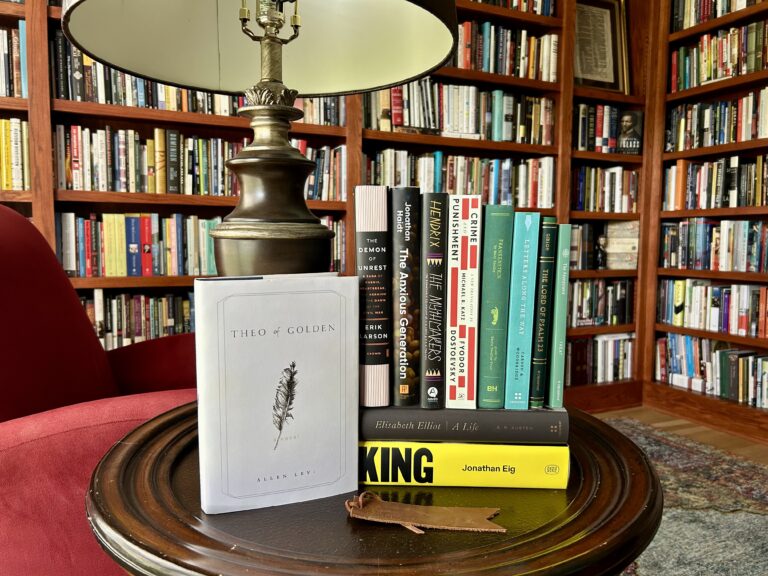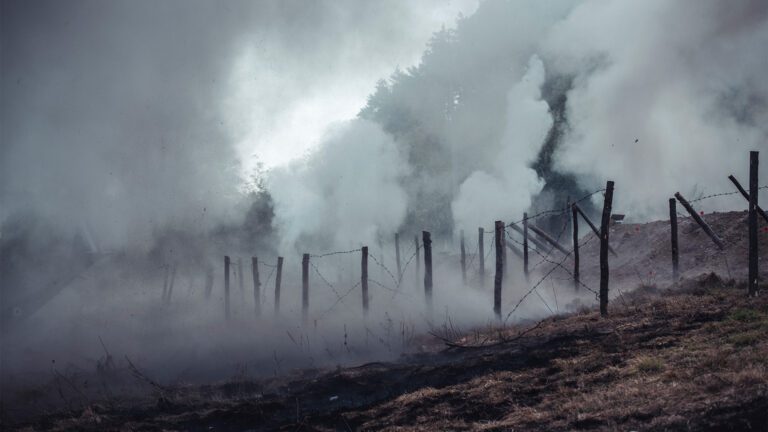This spring’s Gospel Project for Adults and Student
For the past several Thursdays, I’ve featured contributions from some friends who are examining the beauty of the atonement from different angles. Here’s how the series has shaped up so far:
- Penal substitution - Brandon Smith
- Redemption - Nancy Guthrie
- Ransom - Jared Wilson
- Moral influence - Matt Capps
- Expiation - Adam Mabry
- Propitiation - Fred Sanders
- Freedom of Redemption – Bryan Loritts
The beauty of Christ’s atonement is seen in how God is with us (in our suffering), instead of us (as our substitute), and for us (in victory over the powers of Satan, sin, and death). In today’s blog post, I want to focus on how the truth of the incarnation (in the person of Jesus Christ God is with us) is magnified by the reality of the atonement (God is with us in suffering).
God With Us in Suffering
In November 2008, Mumbai, the largest city in India, became the target of a series of coordinated terrorist attacks that killed 173 people. Two of the victims were from New York – a Jewish Rabbi and his wife, both in their late 20’s. Kashmiri militants entered the rabbi’s home and slaughtered him and his wife. The couple’s nanny found their 2-year-old son, Moshe, sitting in a pool of his parents’ blood.
When the memorial service took place in Brooklyn, New York, the two-year-old boy cried out for his slain parents. “Ima! Abba!” he said, using the Hebrew words for mother and father. “Ima! Abba!” he moaned. Little Moshe’s mournful wail echoed through the synagogue, drowning out the voices of the hundreds of people grieving his parents’ death.
An inconsolable two-year-old, crying out for his dead parents. My heart wells up with the question: Why?
Why does God allow this kind of pain?
Why is the world such a messed-up, broken place?
And how do we make sense of the beauty that we still see in this world that features so much ugliness?
What is it like to witness the changing of the seasons from behind the barbed wire of a concentration camp?
How does a Holocaust victim admire a glorious sunset when it serves as the backdrop for smoke rising to the sky, smoke coming from piles of burning bodies of men, women and children?
How do we make sense of the evil that exists in a world of such beauty?
I have an agnostic friend who cannot come to grips with the suffering he has witnessed in this world. “What can you say about a God who would allow such pain?” he asks. His question is deeply personal. Thankfully, the answer is too.
Christianity’s Resolution to Evil
Christianity does not answer the question Why. Instead, God provides – not the answer to the intellectual dilemma – but the resolution to the problem. Christians look to the cross.
There, in the midst of God’s own grief and sorrow, we see God with us and believe that he is able somehow to take up our burdens upon himself and deliver us from our despair. He is not distant from our pain. He understands our suffering because Jesus Christ – God in human flesh – suffered.
The cry of little Moshe was once the cry of Jesus. “Abba! Abba!” he cried in the Garden of Gethsemane. “If it is possible, let this cup pass from me. Yet not my will, but yours be done.”
It is because of the cross that we know God is not absent from our suffering and pain. It is because of the cross that we can experience forgiveness and reconciliation and peace with God.
As we witness the evil and pain in this world, we too cry out Abba! Abba! God does not give us an explanation. He gives us himself.
The cross is God’s answer to our cry.
~~~~~
adapted from Counterfeit Gospels: Rediscovering the Good News in a World of False Hope


















